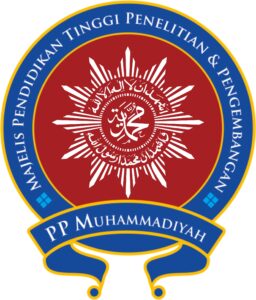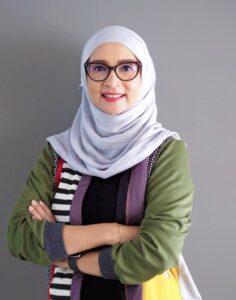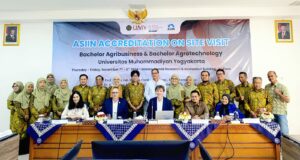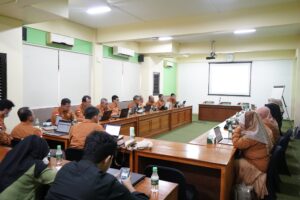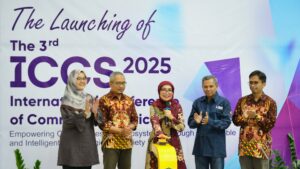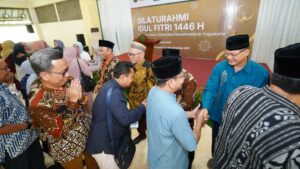A cultural exchange between Indonesia and Japan has been taking place for years and now a lot of students from various Indonesian universities learn Japanese. The number of Indonesian people who are interested in learning Japanese are increasing and are in the 2nd position after Mandarin learners. Most of the Japanese learners are high school students and only few of them take Department of Japanese Language when studying at a university.
In a National Seminar on Dynamics of Japanese Language Development in Indonesia held at an auditorium of KH Ibrahim E6 building of Universitas Muhammadiyah Yogyakarta (UMY) on Saturday (9/12), a lecturer of Department of Japanese language Education (PBJ) of Universitas Pendidikan Indonesia (UPI) Dr. Dedi Sutedi, M.A., M.Ed. stated that Department of Japanese Language Education has been existing for 50 years.
At the seminar conducted by PBJ of UMY cooperating with Japanese Language Education Association of Indonesia (ASPBJI) and the Japan Foundation Jakarta, Dedi told that the Japanese language began becoming a minor language subject in high schools in West Java, and afterwards it tuned into a program offered by University of Padjajaran (UNPAD). A lot of developments have occurred years by years, but obstacles dealing in the learning methods remain existing. “Since most of Japanese learners in Indonesia are high school students, they only know Japanese and only few learners possess capabilities to communicate Japanese well,” conveyed Dedi.
Dedi told that the development of the Japanese language learning should be able to bear resolutions of emerging issues. “One of the problem of the Japanese language learning is that bachelor degree holders of the Department of Japanese Language possess a low score of N3 since occasions to take JLPT are twice a year while an exam can be conducted every month. Another problem also happens during a learning process that learners sometime face difficulties in learning Hyouki (Kanji) and Sakubun (writing). For instance, in Hyouki learning, problems often appear from monotonous teaching methods and due to learners’ low abilities to learn and comprehend thousands of Kanji,” explained Dedi.
Dedi maintained that the issues can be resolved by people engaging in the learning process such as the teachers. “There are many association of Japanese teachers such as Center Gakkai, a Japanese teacher association (MBGP-BJ), Japanese Language Education Department Association (FDPBJ), and a Japanese culture and literature association. I think that each association can collaborate to find and create solutions of the issues,” he ended.

